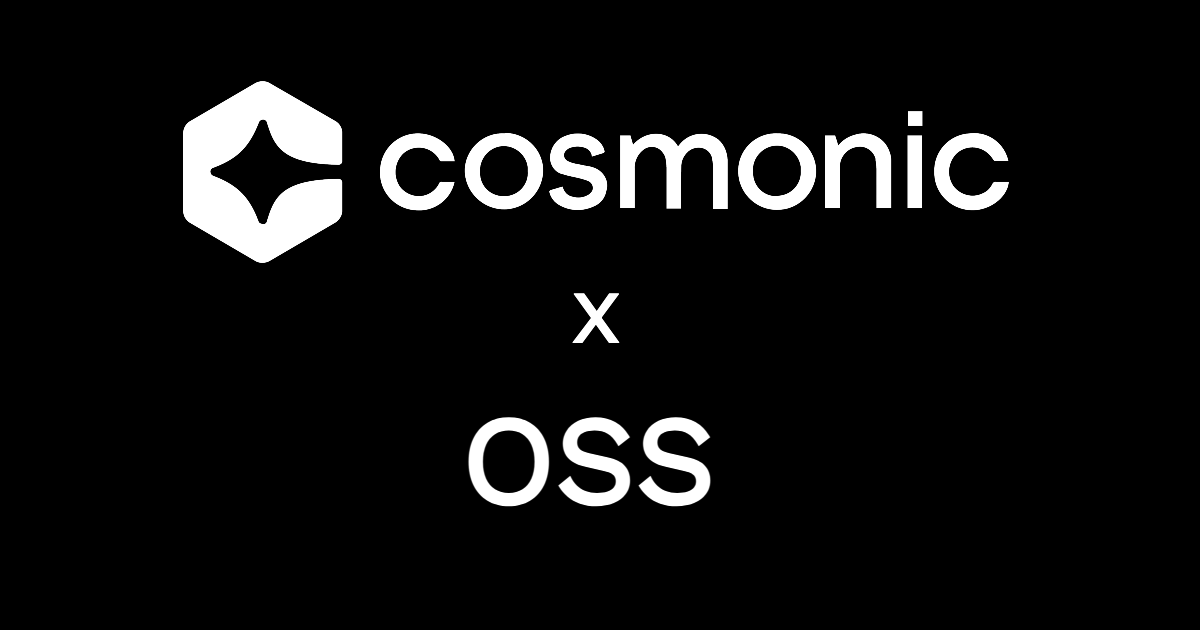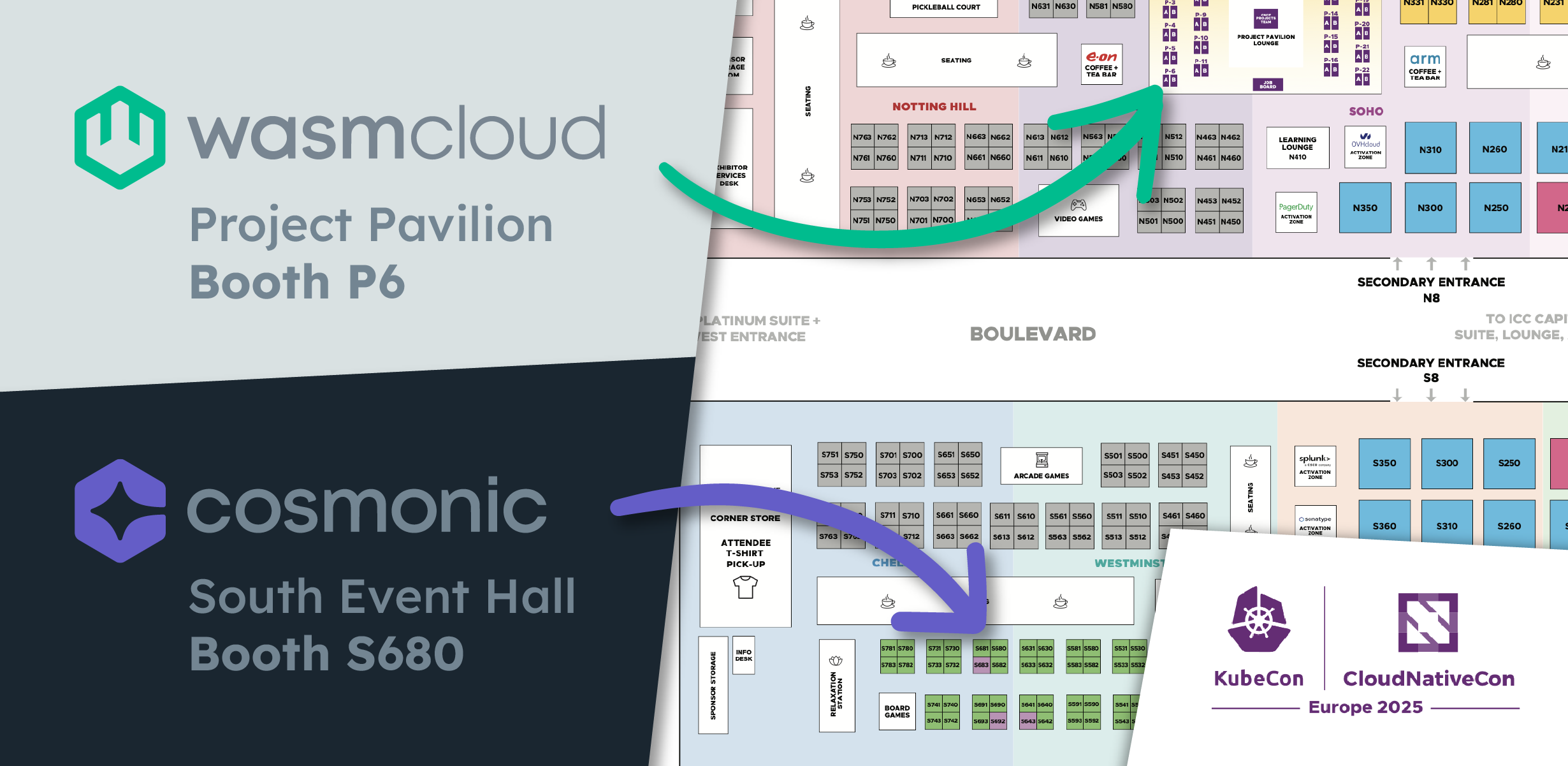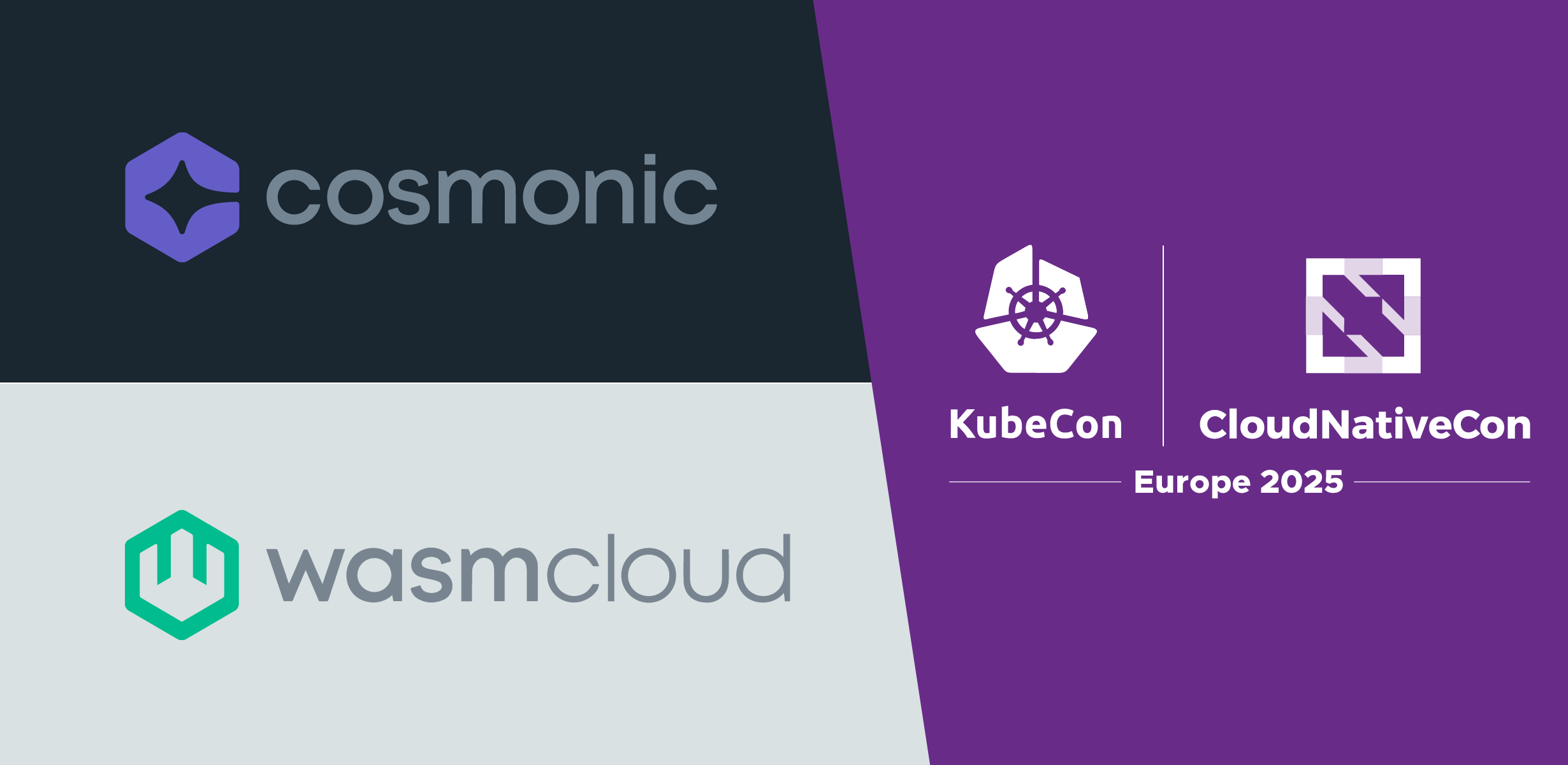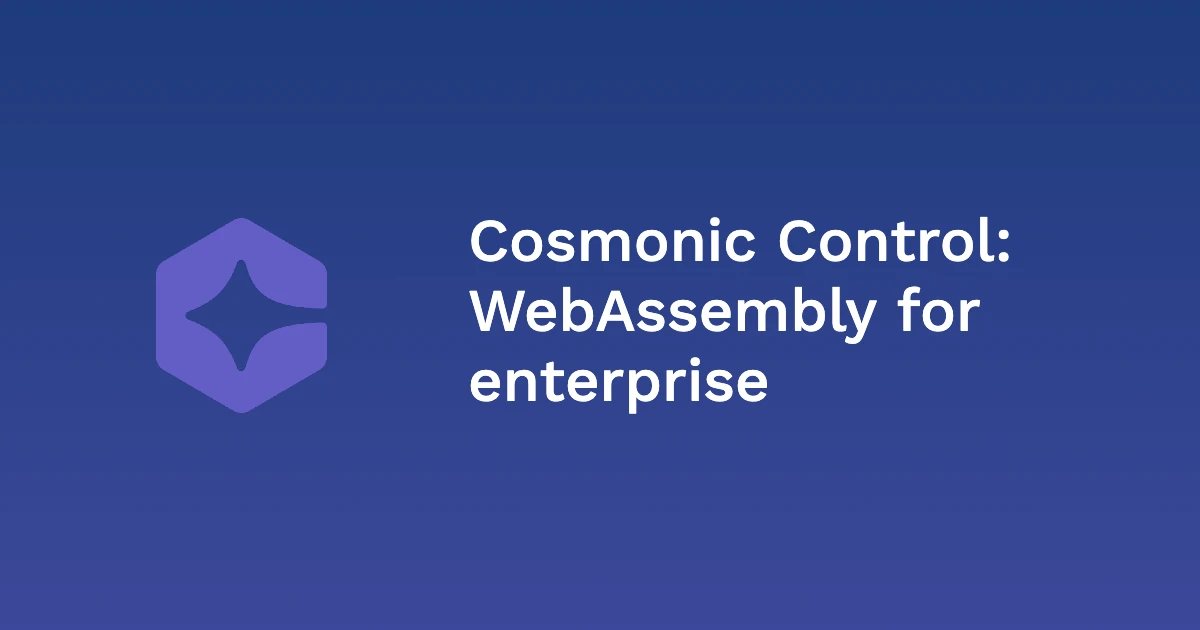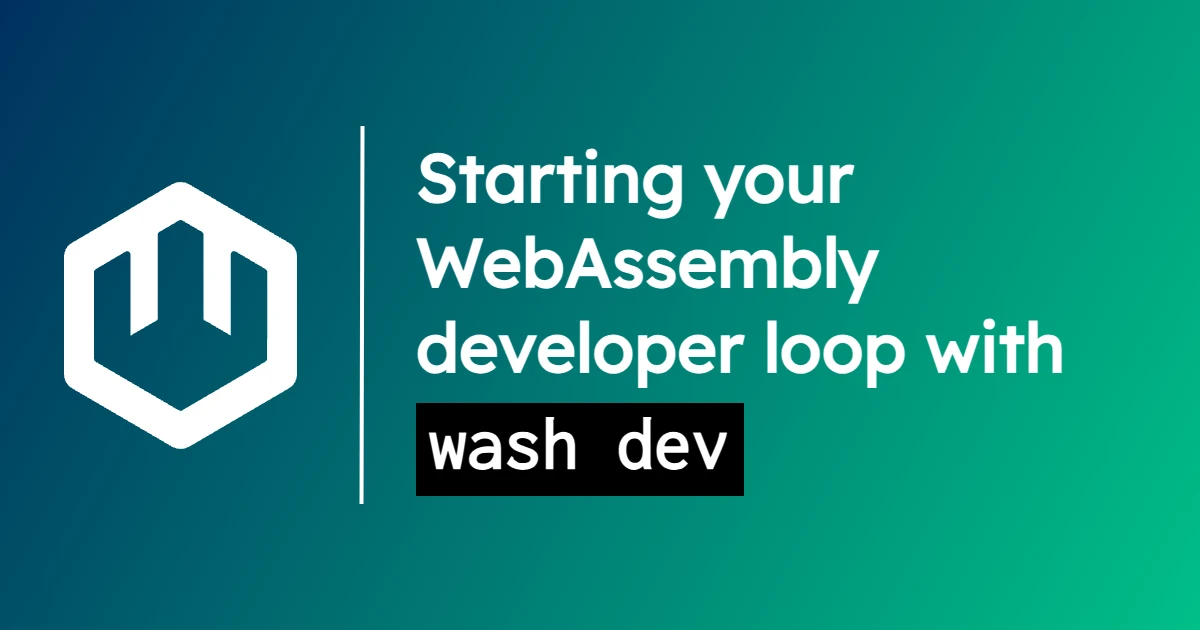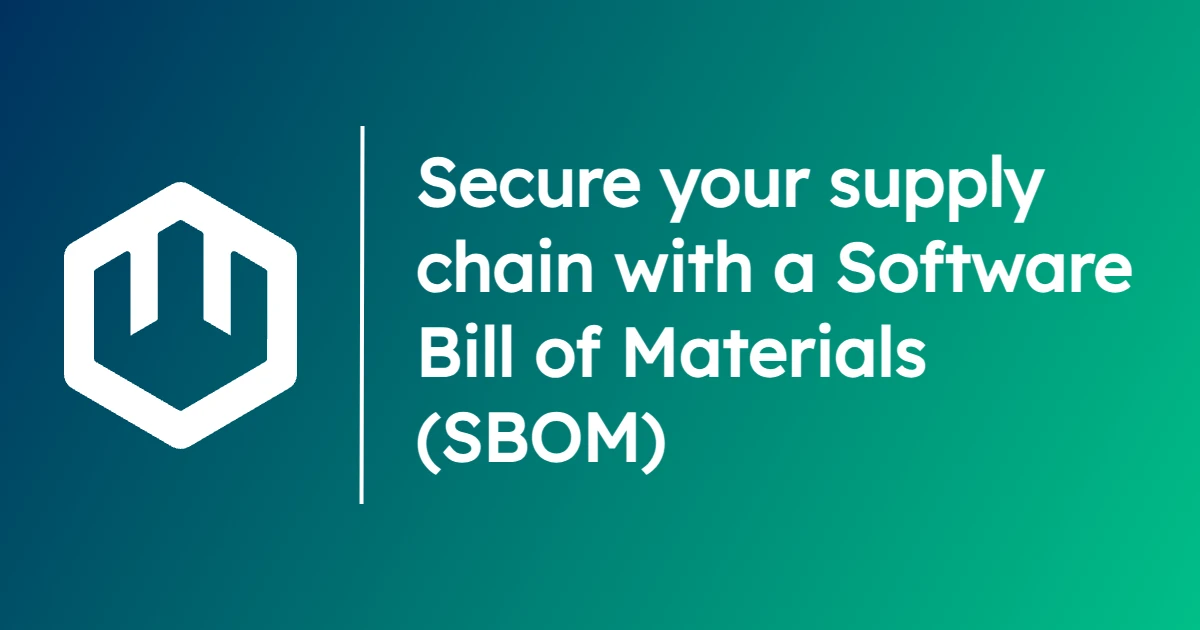Recently, we launched the Cosmonic Control Technical Preview, giving platform engineering teams the chance to try our enterprise control plane for managing WebAssembly (Wasm) workloads in cloud-native environments.
Cosmonic Control integrates seamlessly with existing cloud native standards, technologies, and estates, so you can deploy and manage Wasm workloads with industry-standard patterns and tooling, such as GitOps with Argo CD.
In this blog, we'll take a look at how Cosmonic Control integrates with Argo CD, enabling platform engineering teams to manage ultra-dense sandboxed platforms with Wasm using their existing GitOps approach. Then we'll walk through deploying Cosmonic Control and a Wasm component with Argo CD.





